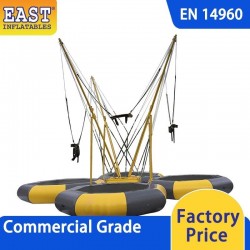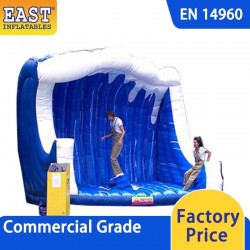
Introduction
Inflatable castles, also known as bounce houses or bouncy castles, have become a popular attraction at events, parties, and amusement parks around the world. These colorful, air-filled playground equipment offer hours of fun for children, allowing them to jump, slide, and bounce in a safe and controlled environment. However, like any recreational activity, ensuring the safety of users is paramount. One essential aspect of this safety is the implementation of height restrictions on inflatable castles.
The Importance of Height Restrictions
Height restrictions on inflatable castles serve as a crucial safety measure to prevent accidents and injuries. These limitations are put in place to ensure that only children of an appropriate age and size are allowed to play inside the inflatable castle. This helps to mitigate the risk of collisions, overcrowding, and other potential hazards that can arise when children of varying sizes and ages interact in a confined space.
Safety First
The implementation of height restrictions is a proactive approach to maintaining a safe and enjoyable environment within inflatable castles. Children who exceed the specified height limit are often more physically capable and may inadvertently pose a danger to smaller children. Additionally, taller children may be at an increased risk of hitting their heads on the ceiling of the inflatable structure while jumping or bouncing, leading to potential head injuries.
Setting the Limits
The specific height restrictions for inflatable castles can vary based on the design, size, and intended use of the structure. Commonly, height limits range from around 36 inches (3 feet) to 60 inches (5 feet), covering the typical range of children aged 3 to 12 years. These limits are designed to ensure that children who are developmentally and physically suited for the play area can do so safely.
Enforcement and Supervision
Effective enforcement of height restrictions is crucial for maintaining a safe environment. Event organizers, park staff, and parents play a vital role in ensuring that only children within the designated height range enter the inflatable castle. Height checks and vigilant supervision help prevent potential accidents and injuries.
Conclusion
Inflatable castles provide a wonderful outlet for children to have fun, be active, and socialize with their peers. However, safety should always remain a top priority. Implementing and adhering to height restrictions on these play structures is a responsible step toward preventing accidents and creating a secure environment for children to enjoy. By ensuring that only children of appropriate size and age enter the inflatable castle, we can continue to provide an entertaining and safe experience for all participants.




Leave a Comment